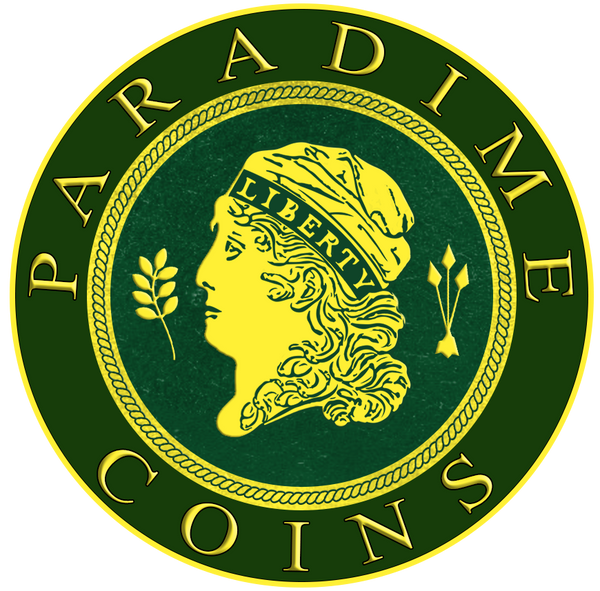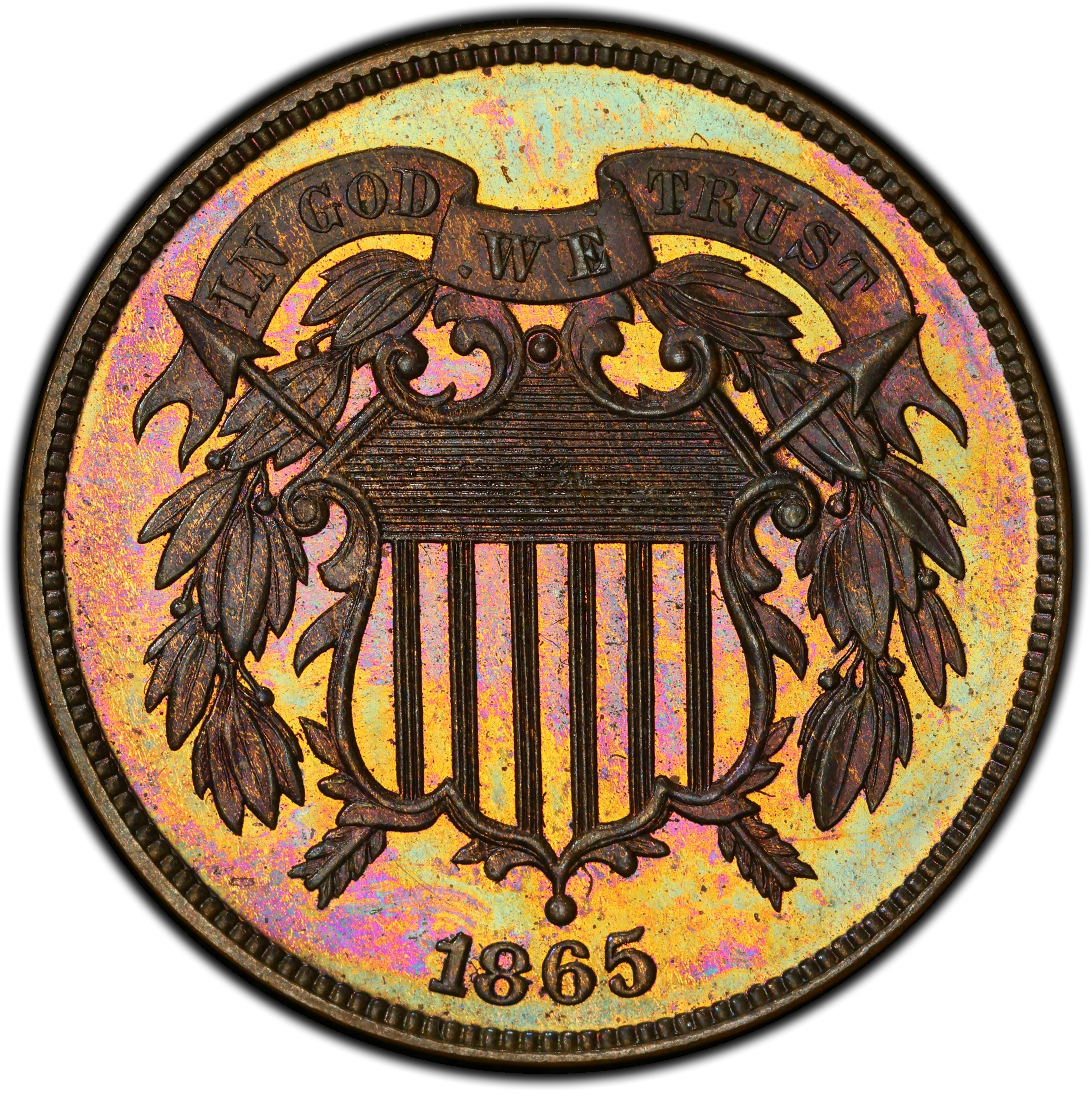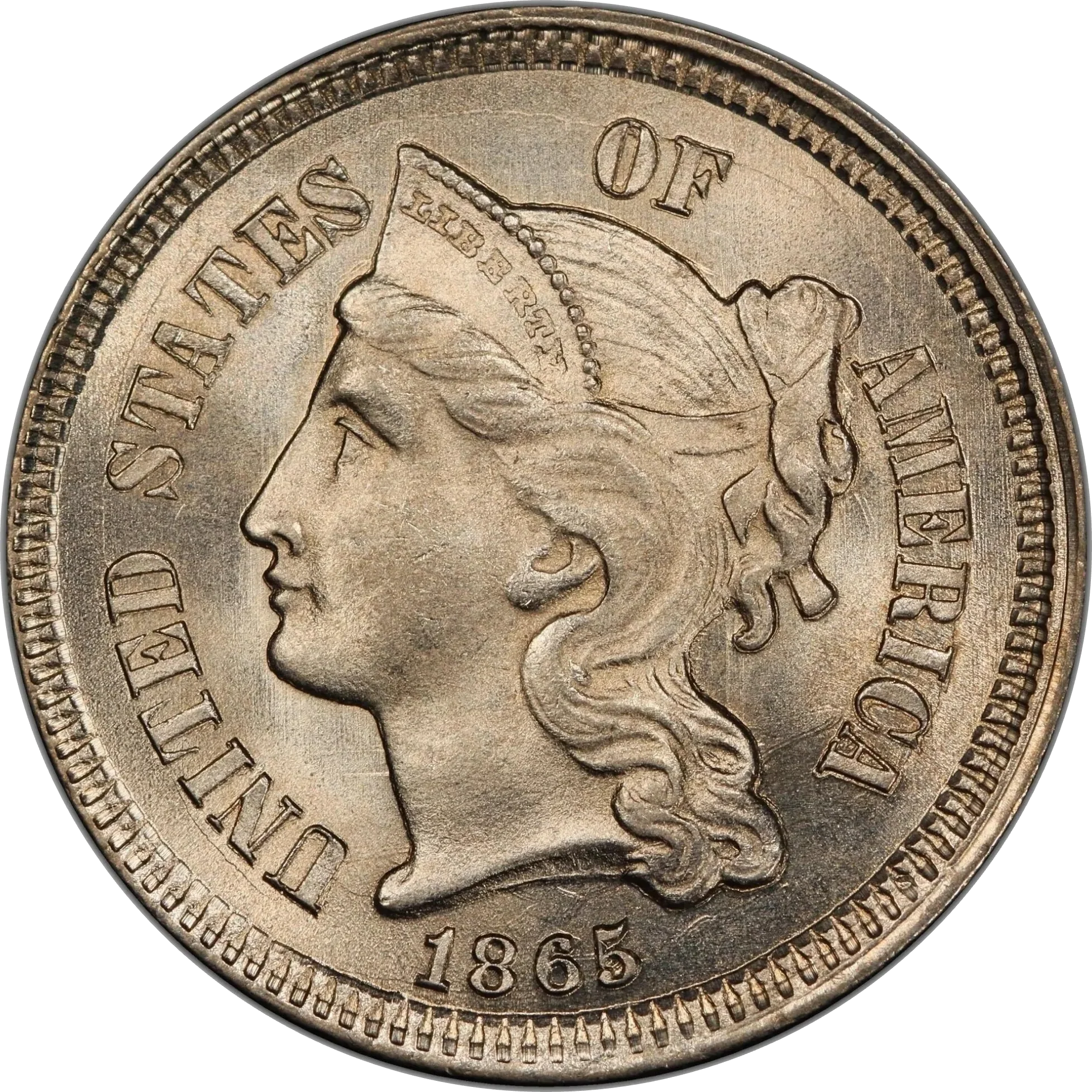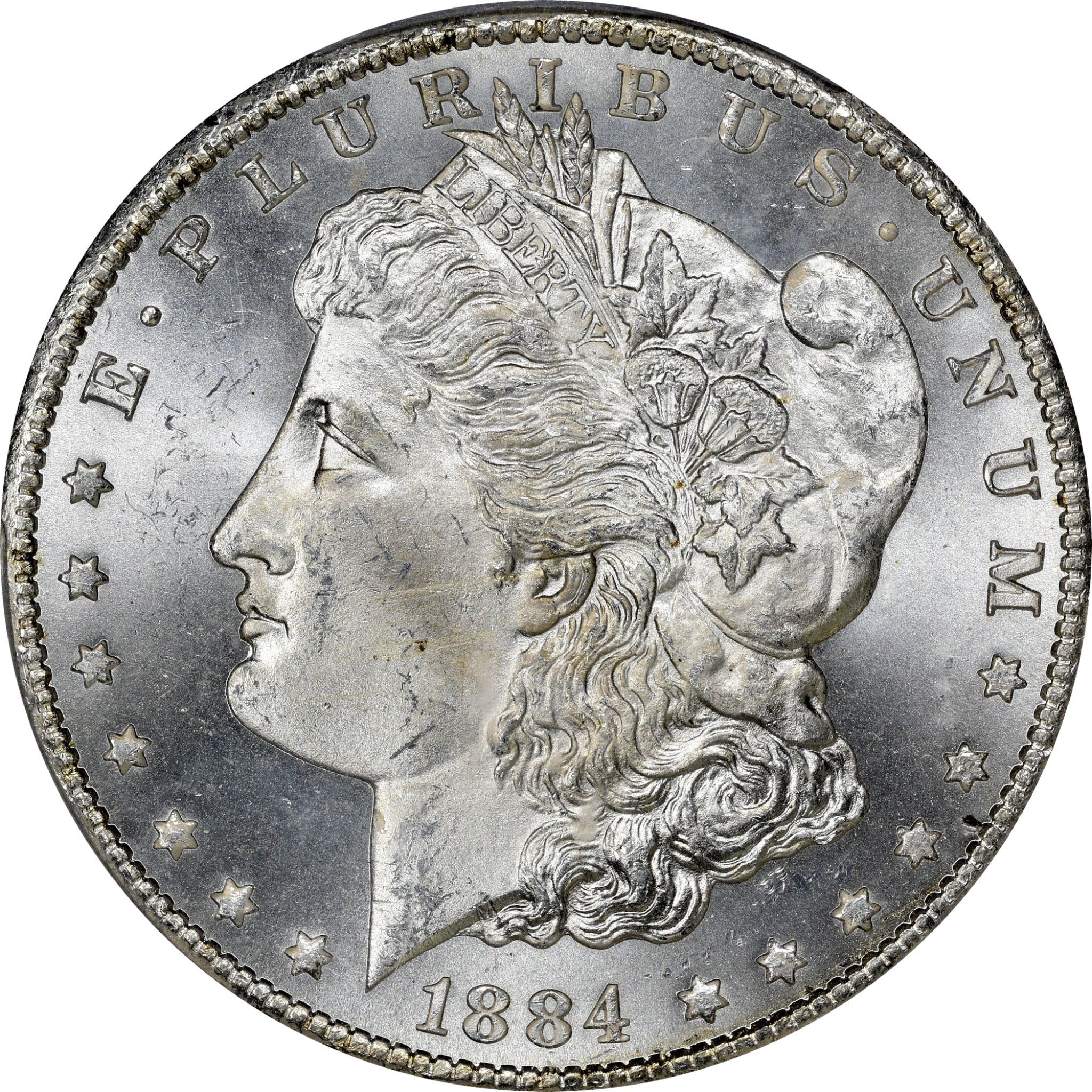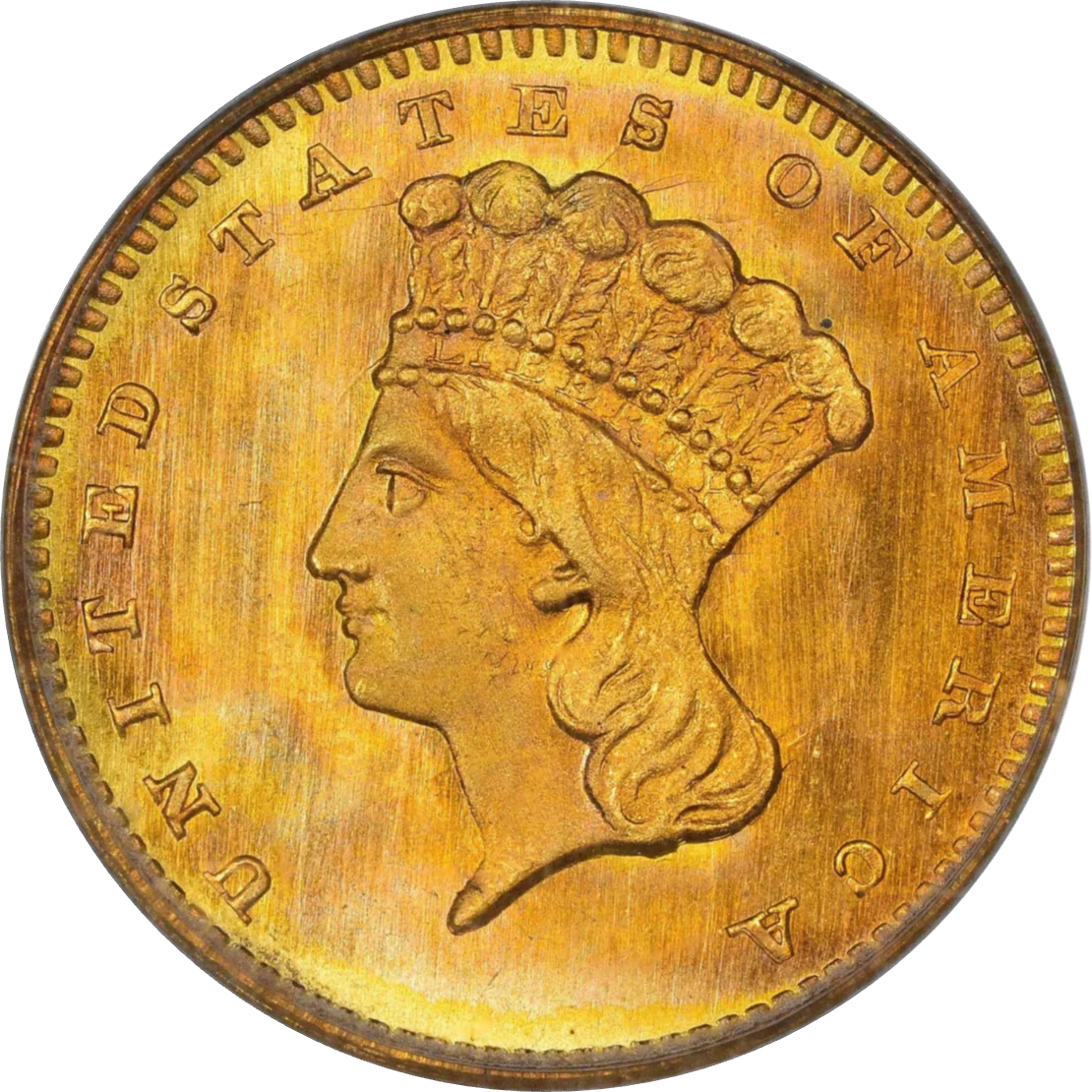Collection: Type 2, Clad
No products found
View All Inventory
Designed by: John Flanagan
Issue Dates: 1965-1998
Composition:Pure copper core to which a copper nickel (75% copper, 25% nickel) is bonded (clad coins) 90% silver, 10% copper (silver coins)
Diameter: 24.3 mm
Weight: 5.67 grams (87.50 grains, clad coins), 6.3 grams (97.22 grains, silver coins)
Edge: Reeded
Business Strike Mintage: 35,847,439,664 (clad coins), 0 (silver coins)
Proof Mintage: ... Read More
Designed by: John Flanagan
Issue Dates: 1965-1998
Composition:Pure copper core to which a copper nickel (75% copper, 25% nickel) is bonded (clad coins) 90% silver, 10% copper (silver coins)
Diameter: 24.3 mm
Weight: 5.67 grams (87.50 grains, clad coins), 6.3 grams (97.22 grains, silver coins)
Edge: Reeded
Business Strike Mintage: 35,847,439,664 (clad coins), 0 (silver coins)
Proof Mintage: 87,577,090 (clad coins), 5,939,737 (silver coins)
1965–Present Washington Quarter – Clad Composition | Copper-Nickel Modern Issue
Introduced in 1965, the clad Washington quarter marked a major transition in U.S. coinage. Following the last year of circulating 90% silver quarters in 1964, the U.S. Mint began striking quarters on new clad planchets composed of a pure copper core bonded to outer layers of copper-nickel alloy (75% copper, 25% nickel). While retaining the same classic John Flanagan portrait of George Washington on the obverse, the metal content changed drastically—ushering in a new era of coinage driven by rising silver prices and increased demand for circulation coinage.
The reverse continued to feature the bold heraldic eagle motif until the bicentennial redesign of 1976, which temporarily replaced the reverse with Jack L. Ahr’s colonial drummer design to commemorate the 200th anniversary of American independence. Regular eagle reverse coinage resumed from 1977 until the advent of the 50 State Quarters program in 1999, followed by various multi-year series continuing through today.
Key Highlights for Collectors & Investors:
-
Clad composition: First year of copper-nickel quarter production.
-
First struck in 1965, replacing 90% silver issues.
-
Highly durable alloy ideal for circulation and long-term use.
-
Proofs and special strikes are available starting from 1968, struck at the San Francisco Mint.
-
1976 Bicentennial quarter: A one-year design departure with strong collector demand.
-
Type collectors can acquire examples in Uncirculated or Proof grades at affordable levels.
From circulation strikes to high-grade certified pieces and Proof issues, the clad Washington quarters from 1965 to present remain an accessible and educational entry point into modern numismatics. Despite being struck in large numbers, many early clad quarters from the 1960s and '70s are increasingly sought after in Gem Uncirculated (MS65+) or Deep Cameo Proof (PR67DCAM+) condition.
Whether for building a complete Washington quarter collection, identifying key transitional years, or simply acquiring an affordable American classic, the clad-era Washington quarter remains a staple of 20th and 21st-century U.S. coinage.
... Read Less